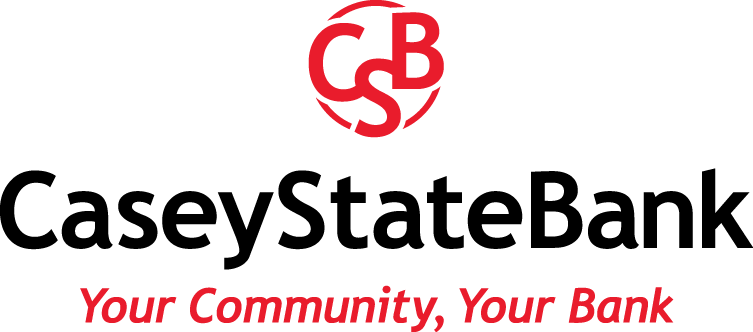Mom and daughter putting money in piggie bank
Casey State Bank
Blog
Teaching the Next Generation: The Essential Guide to Educating Kids About Money
At Casey State Bank, we firmly believe that financial literacy is not just a skill but a foundational pillar for a secure future. Teaching our children these principles from an early age prepares them to manage their finances and make smart decisions regarding their money. At Casey State Bank, we want to help the whole family. We offer tools like the Banzai Financial Literacy program and Junior Savings options. This blog post provides practical tools to help teachers, parents, and guardians teach younger generations about finances.
The Basics of Money Education
Money education, or financial literacy, includes a basic understanding of money and its workings. As adults, we are thrown into managing money to survive. This would include things such as paying rent or mortgage payments, figuring out how to stretch a paycheck, or save for something we want. It’s easy to overlook the need to teach our children. Adults typically manage finances for their children, but teaching the basics of money to children in tangible ways helps prepare them for life.
Here are a few fundamental money education basics to kickstart the learning process:
Understanding Value
Things just appear for kids who have their basic needs met, so understanding the value of money is not innate. Teach them the value of money by first teaching them how to identify coins, dollars, and denominations. Allow them to collect real money in a jar or piggy bank, then take them to the store and show them how much things cost.
The Concept of Earning
After learning that money has value, kids must understand the concept of earning. There are many ways to teach this lesson, including chores and allowance, working for neighbors or friends, setting up a lemonade stand, dog walking, or selling unused toys. Kids can learn and understand the concept of trading time and effort for money in many creative ways.
Saving vs. Spending
Teaching about saving vs. spending money starts with a budget. Keeping it simple can help kids understand that if they have $20 to spend on a toy or other item of interest but have their heart set on something that costs $60, they will need to save. You now have an opportunity to teach them about saving over time.
Of course, they will then be given the option to spend their $20 on an item of a lower price point, but will miss out on the $60 item. Other saving lesson opportunities include holidays or birthdays when money is given as a gift. Saving a percentage and spending some immediately are great ways to have an immediate reward while working towards a long-term goal.
Making it Practical
Practical, real-life lessons are the best way to teach kids about money. Including them in conversations about finances is beneficial. Allowing your kids to make a shopping list and select items at the grocery store will help them learn to choose items that are on sale or the best prices to stay within a budget. Guiding them to stay within the budget for the trip and helping them along the way will require patience, but will help them learn many valuable lessons.
Another practical money lesson involves allowance and chores. If you are opposed to paying for typical household chores, come up with some “extra” chores like dusting baseboards, cleaning blinds, or other jobs beyond essential household cleanliness. Merging practical life experiences with financial lessons makes learning about money more relatable and compelling.
Educational Resource: Banzai Financial Literacy
Educational resources like the Banzai Financial Literacy Program are effective ways to teach kids about money. Banzai is an innovative financial literacy platform that uses real-life scenarios to teach financial lessons. Engaging in online activities offers valuable lessons about budgeting, saving, spending, setting goals, and managing finances.
As a customer of Casey State Bank, you can request your teacher to enroll in the Banzai Program, ensuring access to modules customized for our clients. Teaching kids about finances through Casey State Bank and Banzai will help them go beyond learning about money—empowering them with the knowledge and skills they need to reach their financial goals in the future.
How Banzai Augments Money Education
Banzai goes beyond an “I talk—you listen” approach to teaching kids about money. The program includes attention-grabbing games and realistic simulations exploring various practical money management scenarios. These interactive resources make learning enjoyable and interesting for kids. Lessons taught through games and real-life simulations reinforce the principles parents teach at home. Banzai helps children understand finances, bridging the divide between knowledge and real-life situations.
Casey State Bank
We care about you and your kids at Casey State Bank. Educating the next generations about money is critical for their financial future. We offer tools like the Banzi Program and our Junior Savings Account. Contact us today to discuss the tools and programs we have for your kids or sign up online!


